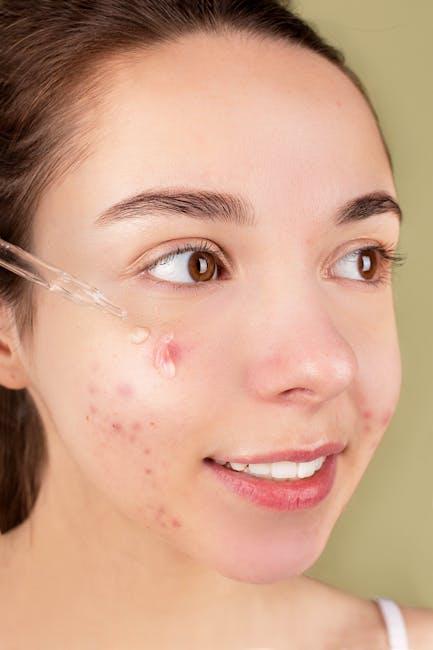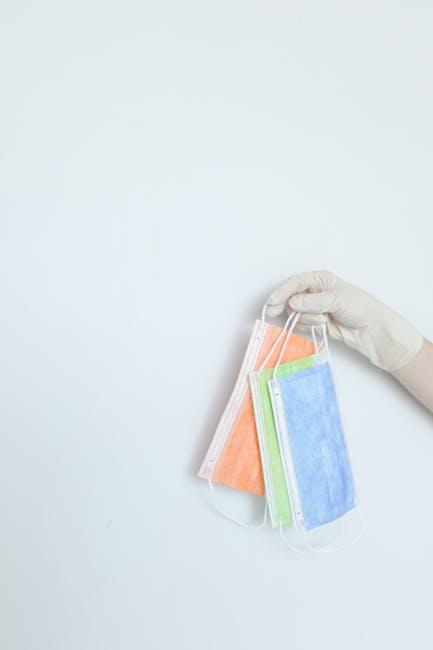Navigating the world of changing diapers can sometimes lead parents into unexpected territories, like dealing with diaper-related skin irritations. One common dilemma faced by many caregivers is distinguishing between a diaper yeast infection and a diaper rash. Understanding the differences between the two is crucial for effective treatment and ensuring your little one stays comfortable. Join us as we delve into the realms of delicate baby skin to shed light on the nuances between a diaper yeast infection and a diaper rash. Let’s uncover the mystery behind these pesky diaper dilemmas!
Table of Contents
- Understanding the Differences Between Diaper Yeast Infection and Diaper Rash
- Key Symptoms and Signs to Differentiate Diaper Yeast Infection from Diaper Rash
- Effective Treatment Strategies for Diaper Yeast Infection and Diaper Rash
- Preventive Measures to Combat Diaper Yeast Infection and Diaper Rash
- Q&A
- In Conclusion
Understanding the Differences Between Diaper Yeast Infection and Diaper Rash
When dealing with skin irritations in babies, it’s essential to distinguish between diaper yeast infections and diaper rashes. Although they may appear similar at first glance, understanding the differences can help in providing the most effective treatment for your little one.
**Diaper Yeast Infection:**
In a diaper yeast infection, the main culprit is the Candida fungus. Symptoms include bright red rashes with distinct borders, along with tiny red dots surrounding the main rash. Yeast infections tend to spread to the surrounding skin folds and might be more stubborn to treat compared to regular diaper rashes.


Key Symptoms and Signs to Differentiate Diaper Yeast Infection from Diaper Rash
In the realm of diaper dermatitis, distinguishing between a diaper yeast infection and a common diaper rash is crucial for effective treatment. Understanding the key symptoms and signs that set these two conditions apart can help caregivers provide the appropriate care for their little ones. When it comes to differentiating diaper yeast infection from diaper rash, **visual cues play a significant role**. While both conditions can cause redness and discomfort, specific characteristics can reveal the underlying issue.
Yeast Infection:
- Beefy red appearance with distinct borders
- Presence of satellite lesions around the main rash
- Resistant to traditional diaper rash treatments
Diaper Rash:
- Generalized redness without well-defined borders
- Responds well to standard diaper rash remedies like zinc oxide cream
- Typically fades within a few days with proper care
By paying close attention to these distinguishing features, caregivers can promptly address the specific needs associated with either a diaper yeast infection or a diaper rash. Early identification and tailored treatment are key to ensuring the little one’s comfort and well-being.

Effective Treatment Strategies for Diaper Yeast Infection and Diaper Rash
Yeast infections and diaper rashes are common issues that can affect babies, causing discomfort and irritation. Understanding the differences between the two conditions is crucial for effective treatment. Yeast infections are caused by the overgrowth of yeast in warm and moist environments, leading to redness, itching, and sometimes small raised bumps. On the other hand, diaper rashes can be caused by prolonged exposure to wetness, chemicals in diapers, or friction, resulting in redness and soreness of the skin.
When dealing with diaper yeast infections, it’s essential to use antifungal creams prescribed by a healthcare provider to target the yeast growth effectively. Keeping the diaper area clean and dry is key to preventing further irritation. For diaper rashes, using gentle, fragrance-free baby wipes and allowing the skin to air out can promote healing. Applying a thick layer of zinc oxide cream can act as a barrier to protect the skin from moisture and irritants. Remember, maintaining good diaper hygiene and changing diapers frequently can help prevent both yeast infections and rashes, ensuring your little one stays comfortable and happy.

Preventive Measures to Combat Diaper Yeast Infection and Diaper Rash
When it comes to dealing with diaper yeast infections and diaper rashes, taking preventative measures can make a world of difference for your little one’s comfort. One effective way to prevent these issues is by ensuring frequent diaper changes to keep the skin dry and clean. Regularly changing your baby’s diaper can help minimize the chances of moisture build-up, which can lead to irritation and infections.
Additionally, using **gentle and hypoallergenic baby wipes** can help in preventing irritation that may exacerbate diaper rashes and yeast infections. **Opt for wipes that are free from harsh chemicals and fragrances** to minimize the risk of skin reactions. **Allowing your baby’s skin to air dry** before putting on a new diaper can also aid in maintaining a healthy diaper area. These simple yet crucial preventive measures can go a long way in keeping your baby comfortable and happy.
Q&A
Q: What is the main difference between a diaper yeast infection and a diaper rash?
A: Diaper rash is a common skin irritation caused by prolonged exposure to wetness or friction, while a diaper yeast infection is a fungal infection caused by an overgrowth of yeast in the moist environment of a diaper.
Q: How can you distinguish between a diaper yeast infection and a diaper rash?
A: Diaper yeast infections often have distinctive characteristics such as redness with raised borders, tiny red spots surrounding the main rash, and a more severe rash that doesn’t improve with typical diaper rash treatments.
Q: What are some effective treatments for diaper yeast infections?
A: Over-the-counter antifungal creams, keeping the diaper area clean and dry, using probiotics, and allowing the skin to breathe can help treat and prevent diaper yeast infections.
Q: Are there any preventive measures to avoid both diaper yeast infections and diaper rashes?
A: Changing diapers frequently, ensuring the diaper area is clean and dry, using gentle wipes and diaper creams, and giving your baby some diaper-free time can help prevent both diaper yeast infections and diaper rashes.
In Conclusion
In conclusion, understanding the differences between a diaper yeast infection and a diaper rash is crucial for effective treatment and care for your little one. By being able to identify the symptoms and knowing when to seek medical advice, you can provide the best possible relief for your baby. Remember, maintaining good hygiene practices and using gentle products can help prevent these uncomfortable conditions. Your baby’s comfort and health are top priorities, so stay informed and take proactive steps to keep those little bums happy and healthy. Thank you for diving into the world of diaper dilemmas with us – here’s to smooth (and rash-free) sailing ahead!




0 Comments